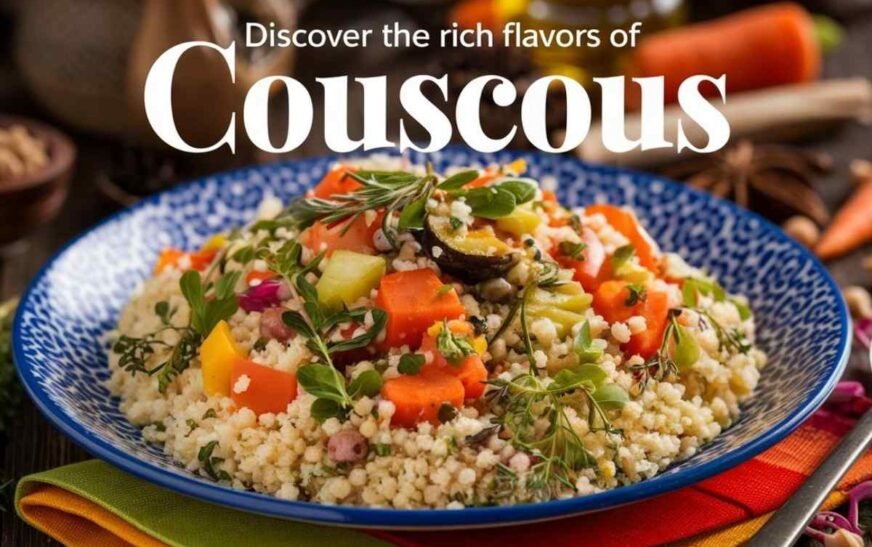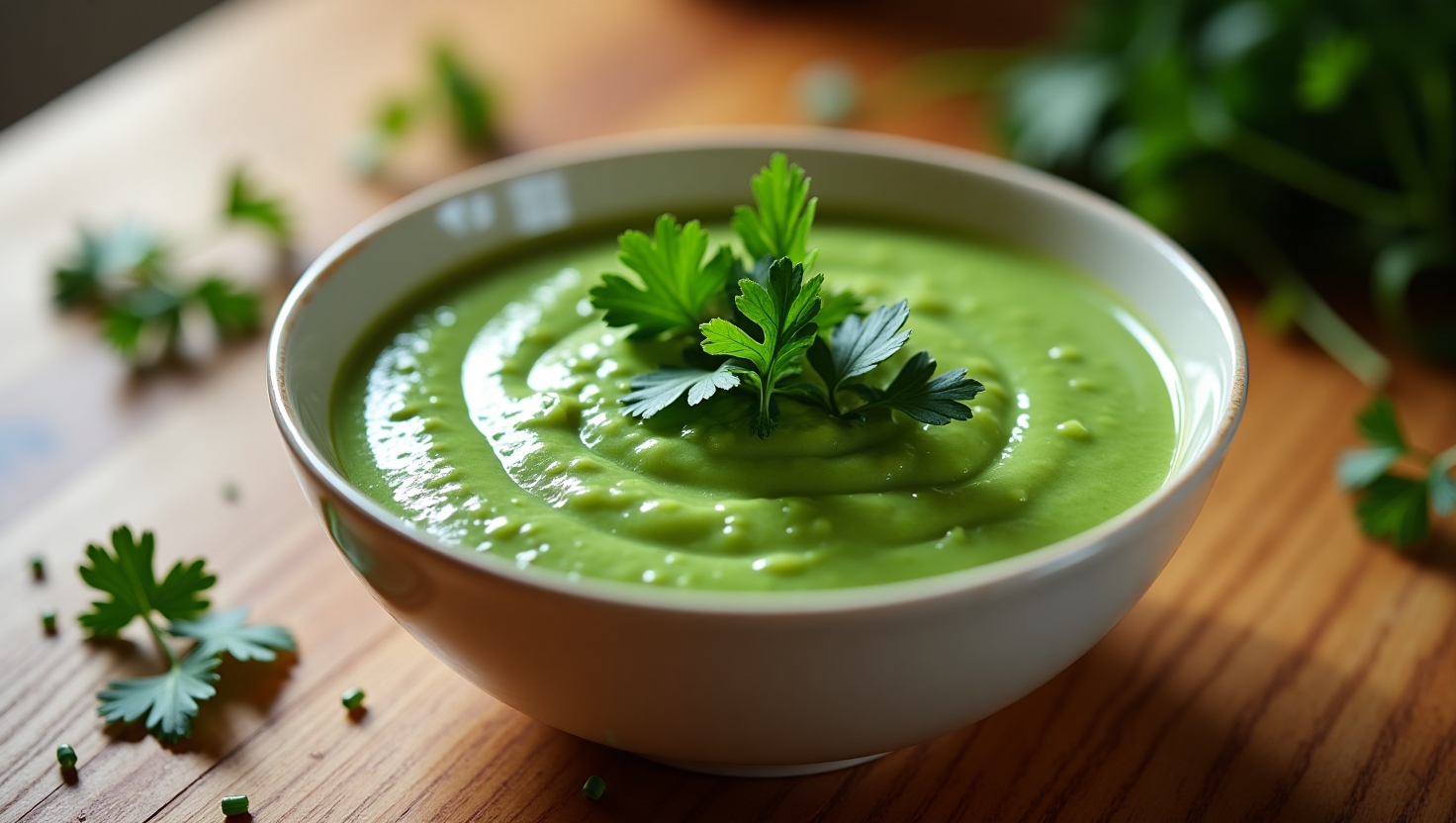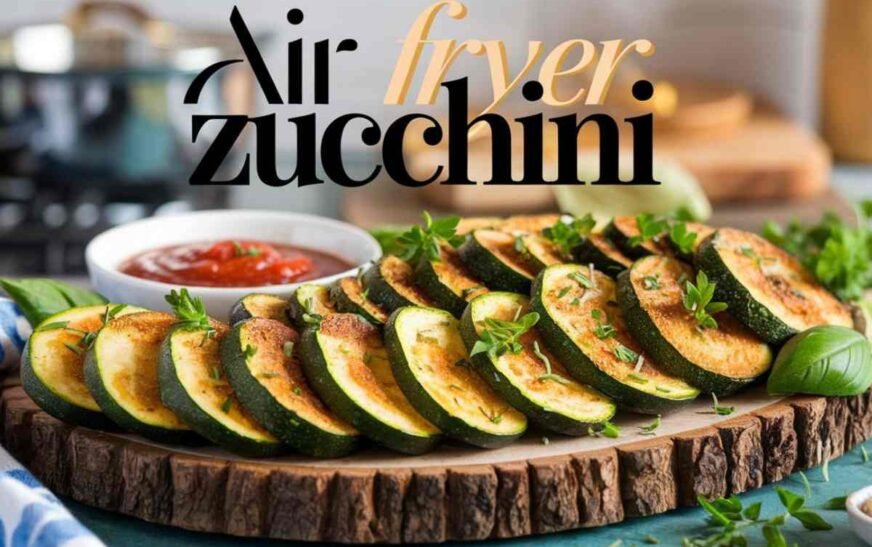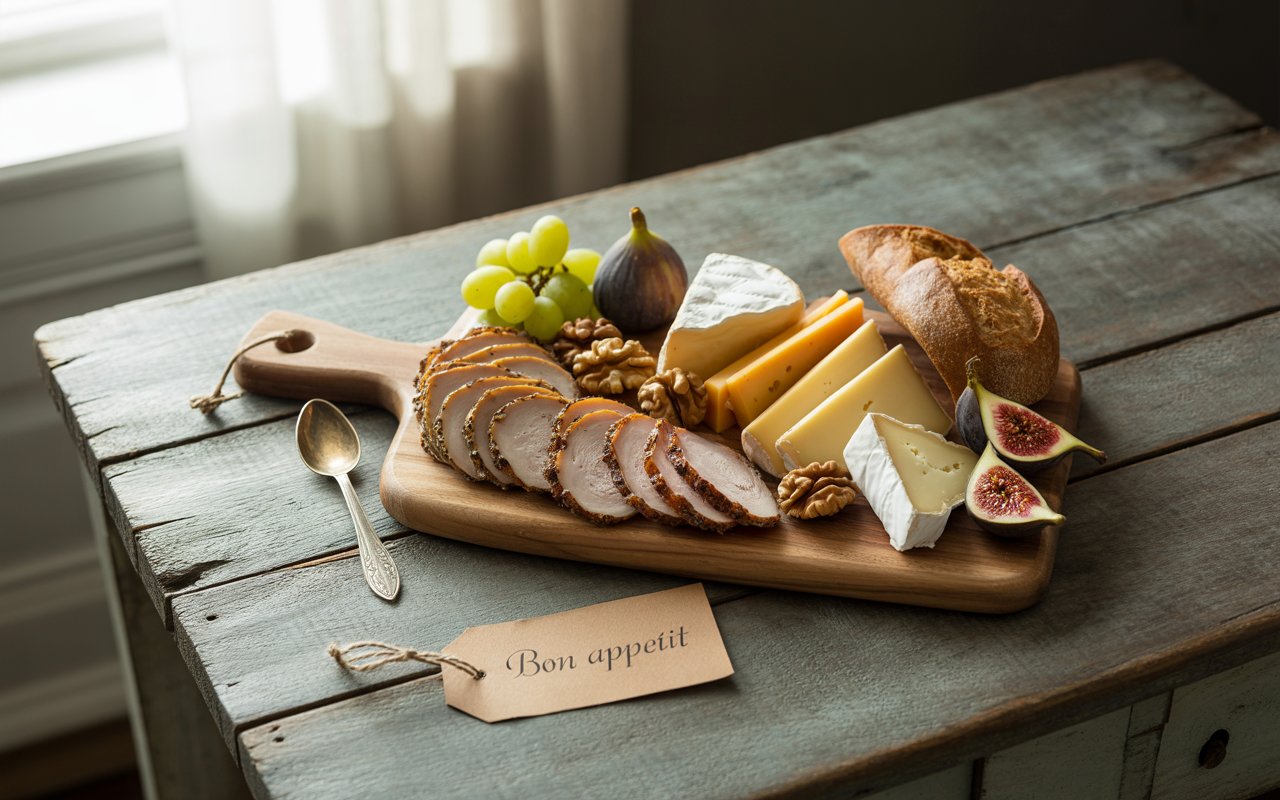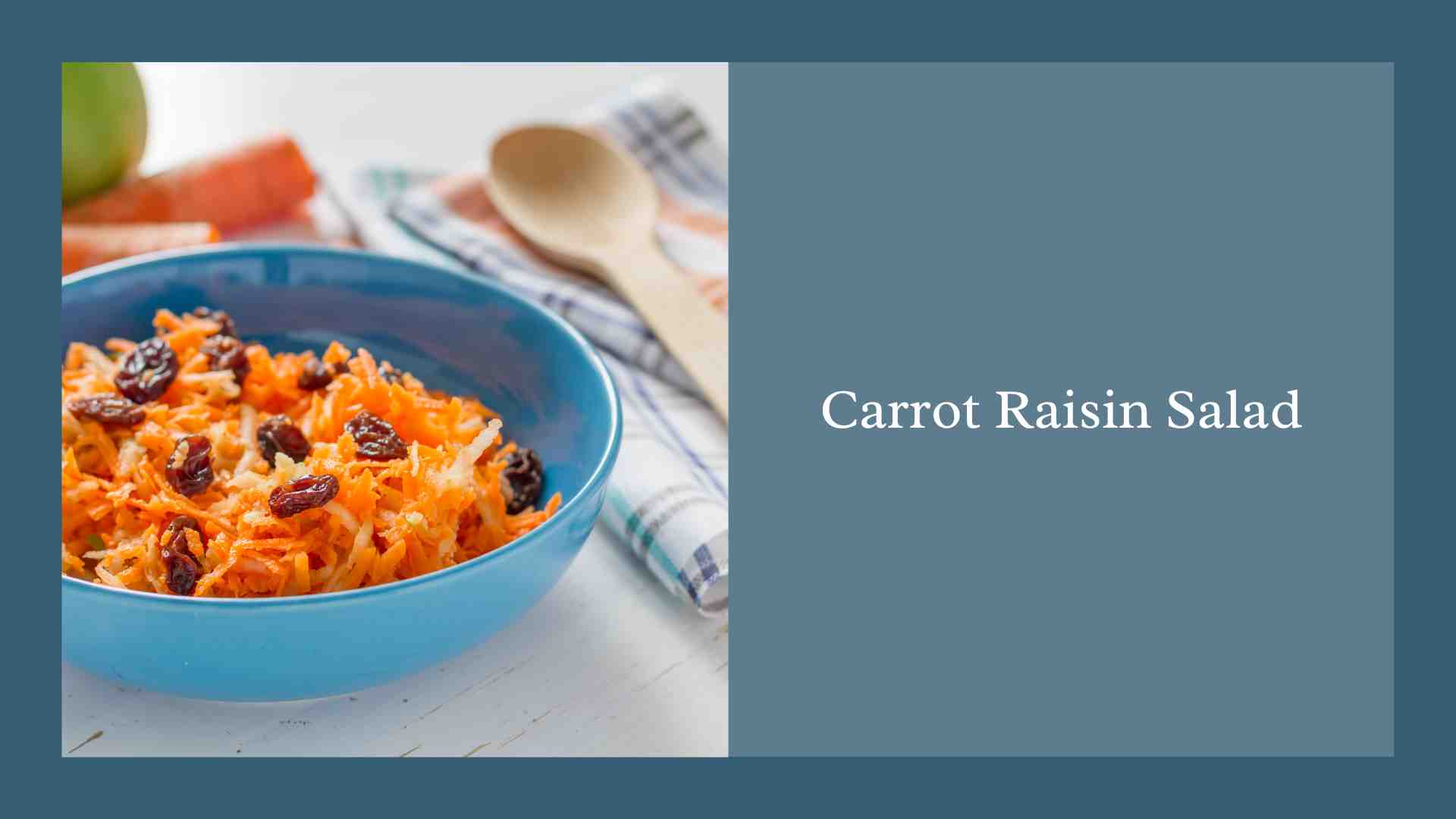Table of Contents
Cuşcuş, often called couscous in many parts of the world, is a beloved dish with roots in North Africa. Known for its versatility and delicious simplicity, this dish has won people’s hearts worldwide.
Whether enjoyed as a main course or a side dish, cuşcuş is cherished for its light, fluffy texture and ability to pair beautifully with various sauces and stews.
This article dives into the nutritional benefits, cultural significance, and various serving styles of cuşcuş, providing a comprehensive guide to this traditional staple.
Nutritional Benefits of Cuşcuş
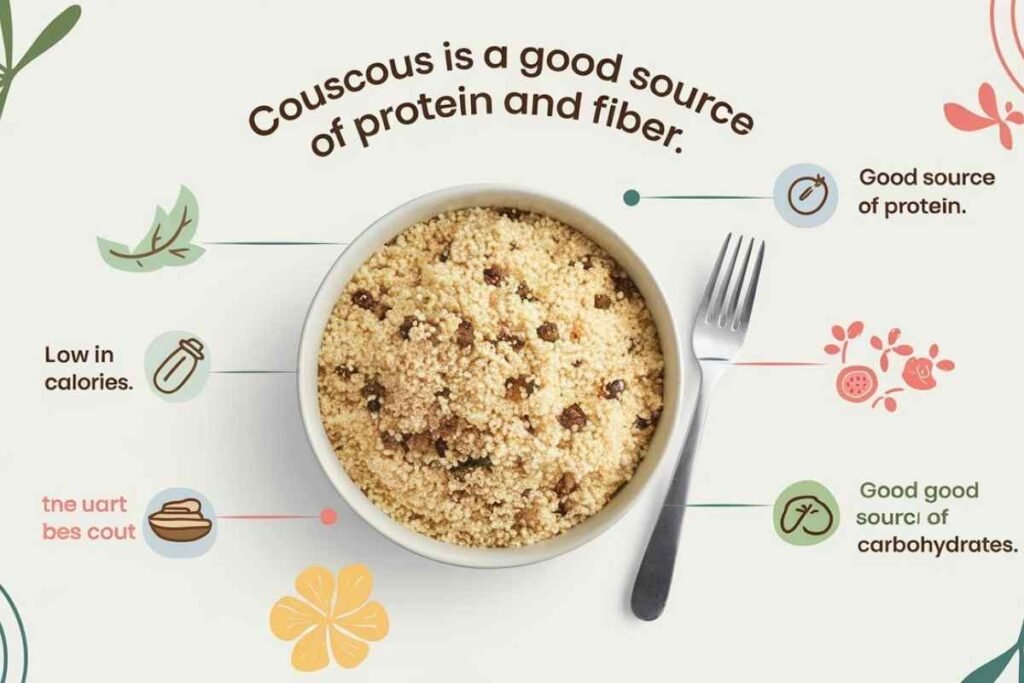
Cuşcuş is a relatively healthy dish, especially when prepared traditionally. It’s made from semolina, which is a coarse type of wheat flour.
- Calories: A standard serving of cuşcuş (about one cup cooked) contains around 176 calories.
- Proteins: Cuşcuş offers around 6 grams of protein per serving, making it a great option for those looking to add protein to their diet.
- Fats: With less than 1 gram of fat per serving, cuşcuş is considered a low-fat dish, especially when cooked without butter or oil.
- Carbohydrates: Cuşcuş is rich in carbohydrates, with about 36 grams per serving, providing the body with much-needed energy.
Health Tips
- For a gluten-free alternative, try using cornmeal cuşcuş or rice-based cuşcuş.
- To make it vegan, prepare the dish without using butter or meat-based broth.
Ingredients and Preparation
Ingredients
- 1 cup of semolina cuşcuş
- 1 ½ cups of vegetable or chicken broth
- 1 tbsp olive oil or butter
- Salt and pepper to taste
- Optional: Chopped vegetables, herbs (parsley, cilantro), raisins, or nuts
Preparation
- Add salt, olive oil, or butter to boil the broth in a pot.
- Remove the pot from heat and stir in the cuşcuş.
- Cover the pot and let the cuşcuş steam for 5 minutes until all the liquid is absorbed.
- Fluff the cuşcuş with a fork and season with salt, pepper, or additional spices.
- Serve with your choice of toppings or sides.
Where Cuşcuş is Popular and Why?
Cuşcuş is most commonly associated with North African countries like Morocco, Tunisia, and Algeria, where it’s considered a staple dish. In these regions, cuşcuş is often served during large family gatherings and celebrations.
Beyond North Africa, cuşcuş has found a global following. It’s especially popular in Mediterranean cuisine and has reached kitchens in France, Italy, and even parts of the Middle East.
Famous Restaurants and Chefs
Several chefs have championed cuşcuş, including Yotam Ottolenghi, who has brought Middle Eastern and North African cuisine to the forefront.
In cities like Paris, you’ll find many restaurants specializing in traditional North African dishes, with cuşcuş being a star item on their menu.
The History and Cultural Significance of Cuşcuş

Cuşcuş dates back to ancient times and is believed to have originated with the Berbers of North Africa. It was considered a simple, everyday dish,
But its popularity spread over the Mediterranean and beyond over time. Historically, it’s been associated with abundance and sharing.
Cultural Traditions and Festivals
In Morocco, for instance, cuşcuş is typically served on Fridays after the midday prayer, symbolizing a family meal to be shared.
It’s also a staple during festivals like weddings and religious holidays like Eid al-Fitr.
Serving Suggestions for Cuşcuş
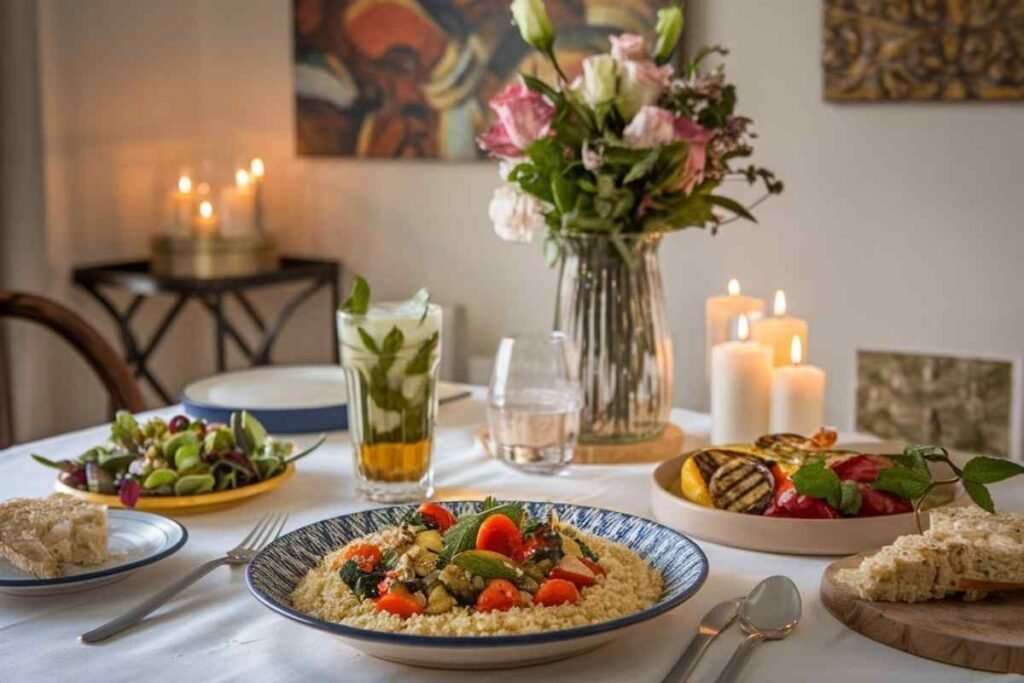
Cuşcuş is incredibly versatile and can be served in a variety of ways. Here are some creative serving suggestions to elevate your cuşcuş experience:
- With Tagine: A traditional Moroccan lamb or vegetable stew called tagine pairs beautifully with cuşcuş.
- As a Salad: Cuşcuş can be served cuşcuş cold, mixed with chopped vegetables, herbs, and a light dressing, for a refreshing salad.
- Side Dish: Cuşcuş can be served as a side dish alongside grilled meats, fish, or roasted vegetables.
- With Sauce: For a more indulgent meal, top your cuşcuş with a rich tomato-based sauce or a flavorful harissa (spicy chili paste).
Regional Variations of Cuşcuş
While the base of cuşcuş remains the same, its preparation can vary greatly depending on the region.
Moroccan Cuşcuş
Often flavored with saffron, Moroccan cuşcuş is usually served with a hearty stew containing lamb, chicken, and a mix of vegetables. It’s also sometimes sweetened with raisins and caramelized onions.
Tunisian Cuşcuş
Tunisian cuşcuş tends to be spicier and may include harissa for an added kick. It’s also commonly served with seafood, reflecting Tunisia’s Mediterranean influence.
Algerian Cuşcuş
This version often incorporates chickpeas and turnips. Algerian cuşcuş is known for its simplicity and earthy flavors, often served alongside roasted meats.
Fun Facts About Cuşcuş
- The word “cuşcuş” is derived from the Berber word seksu, meaning “well-rolled” or “well-formed,” referring to the shaping of the semolina granules.
- In some countries, cuşcuş is considered a national dish, with annual festivals celebrating its importance.
- France is one of the largest consumers of cuşcuş outside of North Africa, where it’s commonly found in both home kitchens and restaurants.
Conclusion
Cuşcuş is a timeless dish that combines flavor, history, and cultural richness in one bowl. Whether you enjoy it as part of a hearty Moroccan feast or a light Mediterranean salad, cuşcuş offers endless possibilities to suit any palate.
Its versatility, ease of preparation, and health benefits make it a must-try dish for anyone interested in expanding their culinary horizons.
With countless variations and serving options, cuşcuş continues evolving and captivating food lovers worldwide.
FAQs
Can cuşcuş be frozen?
Yes, you can freeze cooked cuşcuş for up to 3 months. Just ensure it’s stored in an airtight container.
What’s the best way to reheat cuşcuş?
You can reheat cuşcuş by steaming it again or using a microwave with added water to prevent drying.
Is cuşcuş gluten-free?
Traditional cuşcuş is made from wheat, so it’s not gluten-free. However, gluten-free versions made from corn or rice are available.
How can I make cuşcuş vegan?
Simply avoid using animal-based broths or butter. Opt for vegetable broth and olive oil instead.
What’s a good substitute for cuşcuş?
You can substitute cuş-cuş with quinoa or bulgur for a similar texture and taste.
Can I add spices to cuşcuş?
Absolutely! Adding spices like cumin, coriander, or paprika can give your cuşcuş an extra kick of flavor.
What proteins go well with cuşcuş?
Grilled chicken, lamb, and chickpeas are popular protein options to serve with cuş-cuş.
How long does it take to cook cuşcuş?
Cuşcuş is quick to cook and usually takes about 5-10 minutes, depending on the type you’re using.

